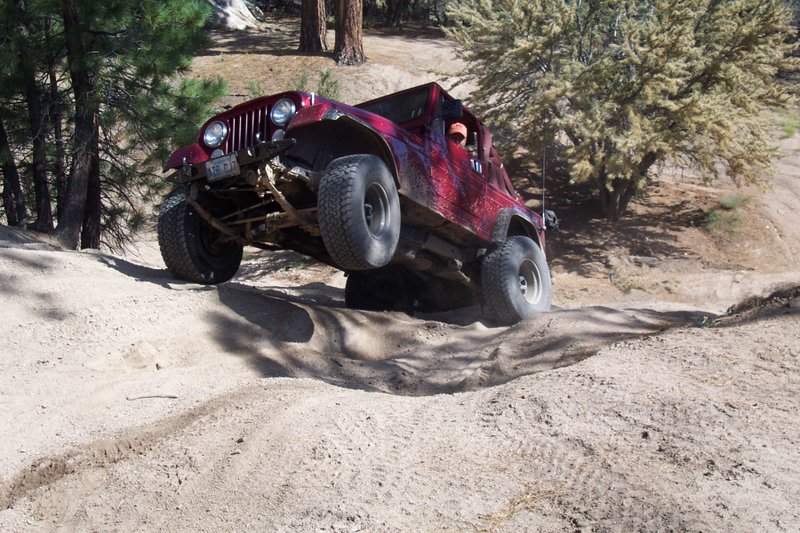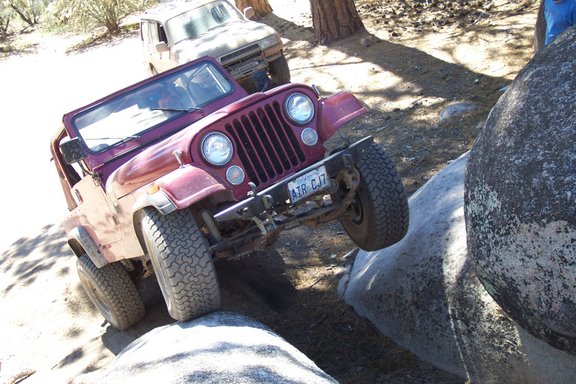Having been satisfied lockright owner for years, I would have to say that 9 out 10 driveline failures that I've ever seen, (PW, M37, or otherwise) have been due to operator error, rather driveline mods. IMO parade route trucks, or rigs driven on asphalt more than 80 percent of the time don't need a locker at all.
If your truck spends 90-100 percent on the farm, or gravel roads at best, a lockright will work just as well as an ARB for a fraction of the cost. If your looking for a 50-50 mix, then pony up the cash and spend the money on the ARB.
Operator error, and wrong equipment for the wrong environment is what usually breaks parts. Most people forget to upgrade to a new set of axle shafts when installing a differential. 50-60 year old previously stressed axles are not going to last long no matter what locking diff is turning them.
While I can appreciate Charles bias towards the ARB, (and it is a fantastic unit - on that I can't argue) it dosen't make financial sense to me to install one or two in a truck. At 12 or 13 hundred dollars an end US plus the cost of an air compressor, plus the cost of installation (if you can't do it yourself) and you've probably shelled out what you paid for, or more for the truck. I'm fairly sure I could buy at least 2 lockrights and replace every axle in the truck 4 times over, before I equaled the cost of the ARB's. And the worst part of it all, is that the strength of the truck hasn't been increased at all with either locker. The axles are still the weak link, and will still break if the ARB is engaged, and driving conditions are not in your favor.
Either way is a gamble in one respect or another. The third option is leave 'em open and put a winch on the front...
If your truck spends 90-100 percent on the farm, or gravel roads at best, a lockright will work just as well as an ARB for a fraction of the cost. If your looking for a 50-50 mix, then pony up the cash and spend the money on the ARB.
Operator error, and wrong equipment for the wrong environment is what usually breaks parts. Most people forget to upgrade to a new set of axle shafts when installing a differential. 50-60 year old previously stressed axles are not going to last long no matter what locking diff is turning them.
While I can appreciate Charles bias towards the ARB, (and it is a fantastic unit - on that I can't argue) it dosen't make financial sense to me to install one or two in a truck. At 12 or 13 hundred dollars an end US plus the cost of an air compressor, plus the cost of installation (if you can't do it yourself) and you've probably shelled out what you paid for, or more for the truck. I'm fairly sure I could buy at least 2 lockrights and replace every axle in the truck 4 times over, before I equaled the cost of the ARB's. And the worst part of it all, is that the strength of the truck hasn't been increased at all with either locker. The axles are still the weak link, and will still break if the ARB is engaged, and driving conditions are not in your favor.
Either way is a gamble in one respect or another. The third option is leave 'em open and put a winch on the front...



Comment